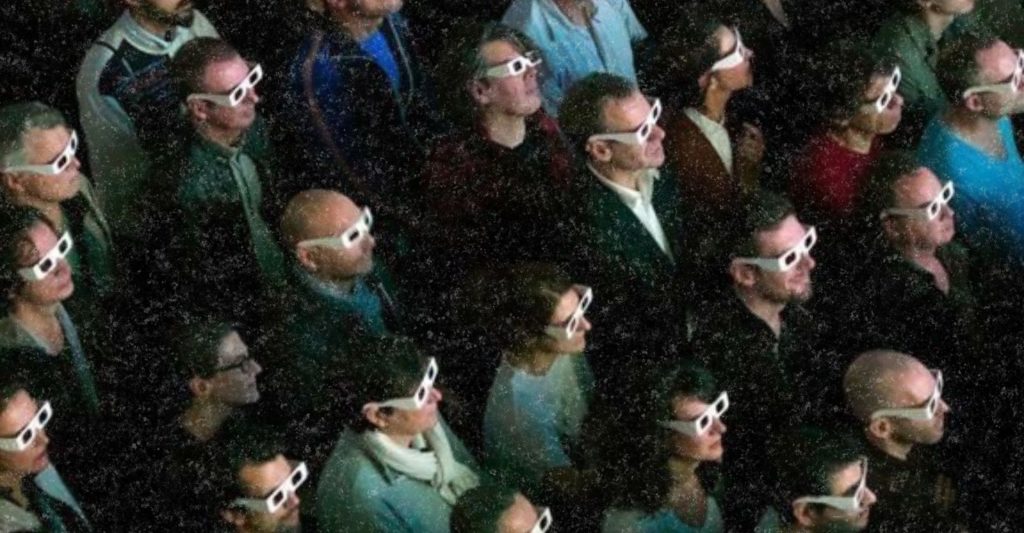THE NEW YORKER'S MEDITATION
“Every path, every street in the world is your walking meditation path” – Thich Nhat Hanh.
Walking Meditation for New Yorkers. For us urban dwellers this is our primary, most reliable means of getting around one city block to another. Walking moves us out into the world but also can allow us to step within.
From the Theravada Buddhist tradition, the practice of walking meditation is essential to cultivating a mindfulness. This ancient practice focuses the attention on the slow, careful movements involved in walking. Buddhist monks adamantly recommend finding a peaceful, quiet path in nature to explore this practice.
In reality, this is near to impossible on our island of skyscrapers, bustle, and cement. However, our urban jungle lends itself to be a unique environment to begin refining mindfulness within the present moment. The sensations of walking amidst the concrete vivacity can be more compelling than the more subtle actions of a seated breathing meditation.
Because this form of meditation focuses most of our attention on to the actions of walking provides, it is an excellent alternative to developing mindful awareness if seated meditation seems too passive or if you are feeling sluggish. Additionally, walking meditation is more conducive to centering concentration especially when the mind is flustered.
As New Yorkers, this method of practice is extremely appealing because not only do we spend more of our time walking than sitting quietly with our eyes closed, but we also tend to generally live in a heightened state of agitation due to our fast-paced lifestyle.

Walking Meditation for New Yorkers
Different from nervous pacing, walking meditation is a tool that enables the mind to silence the many taxing anxieties. Move our concentration to gradual unfolding of the present moment.
Before you start, choose a starting point and an end. The distance should be about 2 avenue blocks or 3-4 street blocks. It is important to avoid wandering because when we have a set path, the problem-solving part of our mind is at ease.
Here we go:
Take a few deep breaths.
Bring your awareness to your body, noticing how your body feels as you are standing.
Walk a little more slowly than usual, not in the middle of the sidewalk, or the curb, where commuters tend to be rushing. Usually, the slower flow of pedestrians is closer towards the storefront side.
Start with a mild, brisk pace, as you hone your concentration your pace with decrease in speed.
Once you feel connected to your body, let your attention settle into your feet and lower legs. Focus on the alternate stepping of the feet. Labeling the feet’s movement will create an anchor for the mind as you repeat silently, “Left foot. Lifting. Moving. Placing”.
Connect your attention at the soles of the feet and notice the sensations of the ground beneath you. Is the cement even and smooth or cracked and uneven? Observe the sensations as they arise and pass away. Again as the foot lifts, mentally note the feeling or visual distractions as they surface.
At each new step, certain new feelings are experienced and old feelings cease – feeling arising, feeling passing away. By simply actively noting these things and withholding your propensity to react or judge helps the brain form more methodical thought patterns.
Alternatively, if you are feeling particularly emotional or vulnerable, instead of focusing on the soles of your feet, you can do a loving-kindness meditation while you walk. In each step, focus on the feelings of loving-kindness, and repeat, “May I be happy, may I be at peace, may I be free from all suffering”. And also, “May all beings that I walk past and share this sidewalk with being happy, be at peace, and be free from all suffering“. This is known as the Metta Meditation or “Loving-Kindness”.
Keep in mind that there is no “right” experience, just find what works best for you.
In exploring this meditation, we find that walking is not about getting to a destination or putting our energy into rushing to get someplace but allowing each step to be an arrival and departure in and of itself. As we participate fully in each step, we quiet our inner neurosis and dwell within peaceful acceptance.
Have you checked out other articles on mixing it up with meditation?
Let us know some of the different ways you meditate, and how should beginners get into it?
http://credit-n.ru/zaymyi-next.html
http://credit-n.ru/zaymyi-next.html
http://credit-n.ru/zaymyi-next.html
http://credit-n.ru/zaymyi-next.html






Pingback: May 4th is National Renewal Day Tips to renew body, mind, soul, social